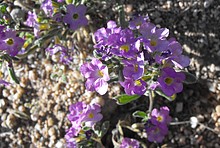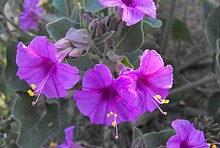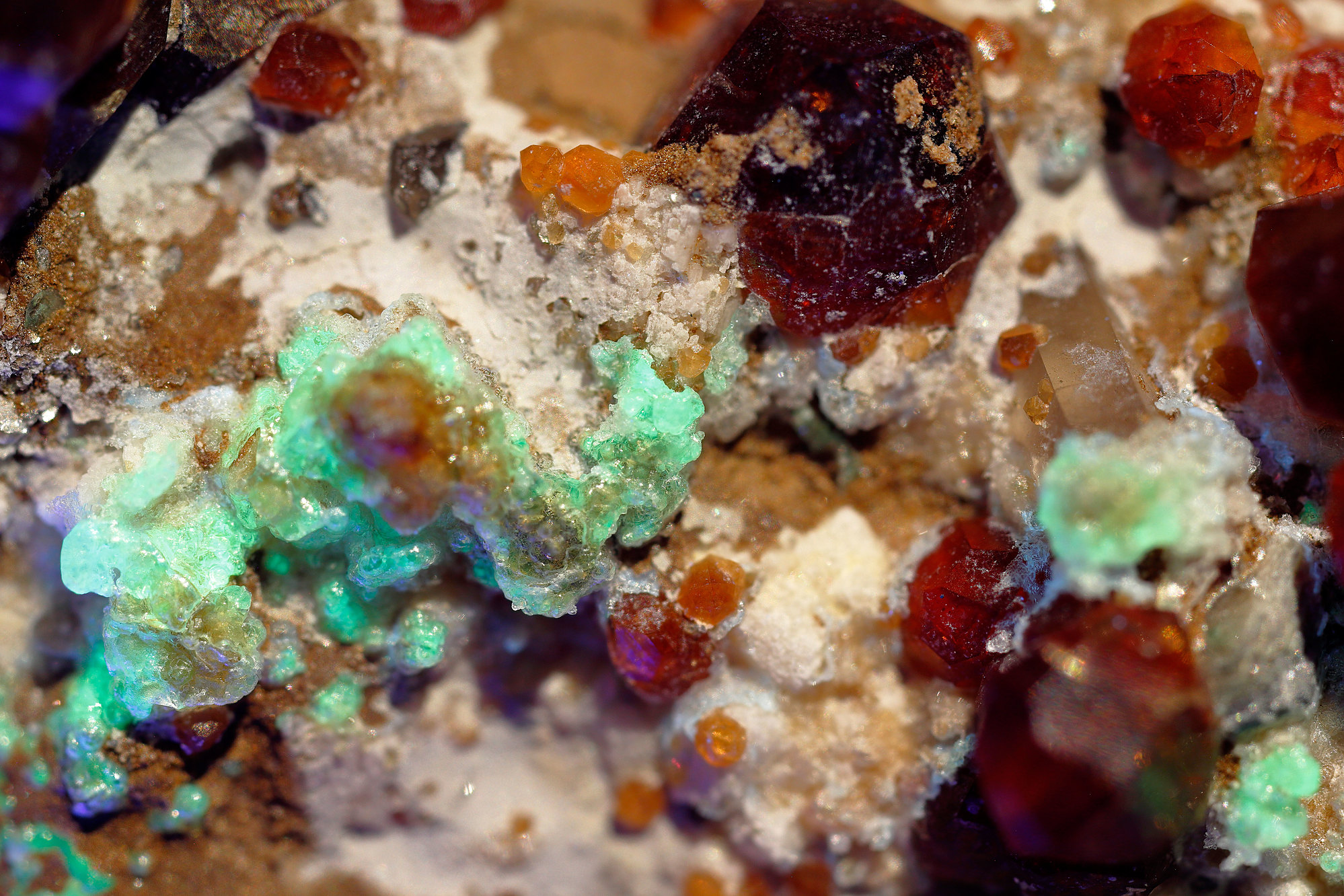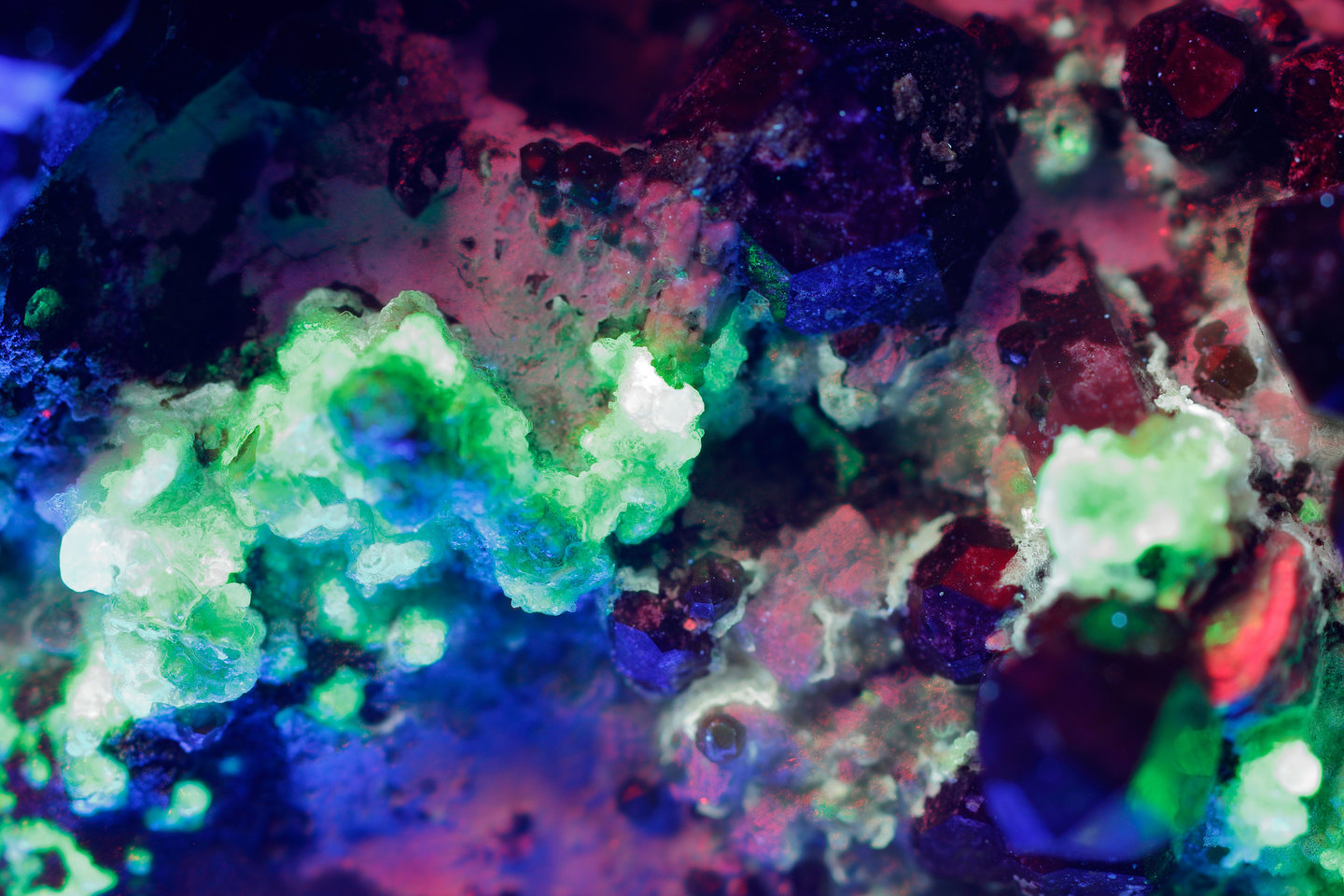Home PageAbout MindatThe Mindat ManualHistory of MindatCopyright StatusWho We AreContact UsAdvertise on Mindat
Donate to MindatCorporate SponsorshipSponsor a PageSponsored PagesMindat AdvertisersAdvertise on Mindat
Learning CenterWhat is a mineral?The most common minerals on earthInformation for EducatorsMindat ArticlesThe ElementsThe Rock H. Currier Digital LibraryGeologic Time
Minerals by PropertiesMinerals by ChemistryAdvanced Locality SearchRandom MineralRandom LocalitySearch by minIDLocalities Near MeSearch ArticlesSearch GlossaryMore Search Options
The Mindat ManualAdd a New PhotoRate PhotosLocality Edit ReportCoordinate Completion ReportAdd Glossary Item
Mining CompaniesStatisticsUsersMineral MuseumsClubs & OrganizationsMineral Shows & EventsThe Mindat DirectoryDevice SettingsThe Mineral Quiz
Photo SearchPhoto GalleriesSearch by ColorNew Photos TodayNew Photos YesterdayMembers' Photo GalleriesPast Photo of the Day GalleryPhotography
╳Discussions
💬 Home🔎 Search📅 LatestGroups
EducationOpen discussion area.Fakes & FraudsOpen discussion area.Field CollectingOpen discussion area.FossilsOpen discussion area.Gems and GemologyOpen discussion area.GeneralOpen discussion area.How to ContributeOpen discussion area.Identity HelpOpen discussion area.Improving Mindat.orgOpen discussion area.LocalitiesOpen discussion area.Lost and Stolen SpecimensOpen discussion area.MarketplaceOpen discussion area.MeteoritesOpen discussion area.Mindat ProductsOpen discussion area.Mineral ExchangesOpen discussion area.Mineral PhotographyOpen discussion area.Mineral ShowsOpen discussion area.Mineralogical ClassificationOpen discussion area.Mineralogy CourseOpen discussion area.MineralsOpen discussion area.Minerals and MuseumsOpen discussion area.PhotosOpen discussion area.Techniques for CollectorsOpen discussion area.The Rock H. Currier Digital LibraryOpen discussion area.UV MineralsOpen discussion area.Recent Images in Discussions
UV Minerals365nm UV torch

7th Mar 2017 09:48 UTCHenri Koskinen Expert
I bought a dedicated Raytech 6 + 6 W UV lamp about 5 years ago for about 400 dollars as it was the best price/quality solution for photographing mineral fluorescence back then. That was then and now is now. The pictured UV torch sells for 20 dollars and is way more powerful in terms of UV flux than my Raytector.
The torch is based on Nichia 365nm UV LED and uses one rechargable 18650 Li-ion battery.
I did a little comparison and tried to evaluate the max. relative luminous flux per unit area from the two sources for an area that is small enough to be inside the cone of light from the flash. I had about the same brightness with the following values of exposure. This is for about one square centimeter and both Raytector and torch as close as possible to the fluorescent subject, For wider area the results would not have been so bad for Raytector
Torch ISO100, 0.5s, 5.6
Raytector ISO1000, 20s, 5.6
In terms of max luminous flux per unit area the torch is about 400 times more powerful than my Raytector. Part of this is explained by the fact that the big and clumsy Raytector is difficult to position really close to the subject whereas with the torch this is easy. This means that the torch makes low budget microphotography of fluorescence possible. I am using a 20x 0.42 Mitutoyo microscope objective with long working distance attached straight on a 100mm tube lense. So this is a single 10x image straight out of camera and shot with ISO100, 0.5s, f5.6 (fluorescent Hazel leaf)
Using the same setup with same exposure parameters, just replacing the torch with Raytector gives this image
Really nothing to see here. Should have used ISO1000 and 20s, but then the noice would have been really bad and even little spill visible light would have pretty much washed out the fluorescence.
Here's the torch
http://www.gearbest.com/led-flashlights/pp_277704.html
Here's discussion about the torch
http://www.photomacrography.net/forum/viewtopic.php?t=33123&postdays=0&postorder=asc&start=0
Here's a test for the torch
http://savazzi.net/photography/cheap365nm.html
Henri

7th Mar 2017 14:08 UTCAlfred L. Ostrander
For a recent family outing at a location where long wave light would be quite sufficient I bought 4 Ray-O-Vac LED lights at US $9.97 each. We were in the woods on a sunny day but they gave off enough light to locate good specimens for further evaluation. Great family fun at a bargain price. Everyone found something and everyone had their own light. Thing is, the unfiltered LED light behaves much differently than filtered. I read the specs on the $20.00 light you cited and it said nothing about the filtering capacity or quality of the lens. A friend of mine has a generic LED light he paid $40.00 for. It does have a good filter on it. All other factors equal, his light gives a much truer color when compared to a high quality light. The lights I bought tend to look washed out. Sliding a piece of good long wave filter over my lamp vastly improved the results. The results then compared favorably with the filtered LED and my small Raytech. So the bargain price LED lights were sufficient for the needs of a day trip. For good photography, I would not use them.
Henri, nowhere near the information you presented, just empirical experience and an awareness of good filters for UV lights along with a respect for the cost of appropriate filter materials. Maybe it will give you ideas on what to look for regarding filter lenses and price comparisons.

7th Mar 2017 15:01 UTCHenri Koskinen Expert
these new 365nm Nichias are way beyond any other cheap "UV" torches previously available. There is very little need for a filter cutting the long end as there is really very very little visible light emitted. Look at the spectral power distribution graphs available in the last link in my post.

7th Mar 2017 16:11 UTCSteven Kuitems Expert
Steven

7th Mar 2017 16:18 UTCJyrki Autio Expert
Interesting topic and expected results.
I have been experimenting with LEDs lately and plan trying also UV LEDs this same way:
Here 3 x 5W Yuji COB LEDs are brought within 2cm of the target. Plenty of flux.
This same setup could be used with UV LEDS. I thought about using 254nm ones maybe with band pass filter.
Does anyone have experience of these shorter wave UV LEDs with minerals.
Jyrki
7th Mar 2017 17:02 UTCReiner Mielke Expert

7th Mar 2017 17:06 UTCHenri Koskinen Expert
this LED stuff is evolving fast. 365nm leds comparable to the 365nm Nichias cost several hundred dollars just 2 - 3 years ago. Nichias only sell LW LEDs from 365 up, there could perhaps be some consumer regulation issues involved with SW sources.. I bought two 365nm Nichias for 40 dollars including postage, which is an amazing bargain. The UV flux they generate is more than enough for 20X microscopy. Now all that is missing are the amazing images :-)
In case you are not aware some guys at photomicrography.net are playing with similar constructs as yours.

7th Mar 2017 18:21 UTCJyrki Autio Expert
-Reiner. Radiating power in 254nm is only couple of mW but they are small in size and if they can be brought close enough to the object it could work.
Area to illuminate could be in range of 10-20 mm2 and distance 10-20 mm.
8th Mar 2017 06:27 UTCJoel Dyer
If you're looking to get high-quality UV LED sources for macro / micro work for example Thorlabs and Roithners could be one place. But then you would probably end up spending a few hundred I think on LED+mounting-cooling and controller/ beam expander.
https://www.thorlabs.com/newgrouppage9.cfm?objectgroup_id=2692
Laser needs even lower power levels for equivalent work, but then properly stabilised, narrow bandwidh UV laser light systems are even more expensive due to the need for pricey controller / power units. This is eventually what I'm dreaming of...
I would definitely use a shortpass filter myself if the wavelength of the cheap UV LED is not guaranteed and stabilised, or even if it was claimed to be fairly narrow. If the power level / wavelength fluctuates then you'll be getting various fluorescence reactions from different activators. A good shortpass filter from, say, Edmund Optics or Thorlabs might be worth the cost.
https://www.thorlabs.com/newgrouppage9.cfm?objectgroup_id=1001
On the other hand, if you want to filter out the cheap UV light's violet / blue light then indeed a longpass filter positioned in front of the LWD objective would be recommended.
https://www.thorlabs.com/search/thorsearch.cfm?search=longpass+filter
Personally, I don't trust unstabilised cheap UV LEDS / Lasers, as how can their operating tempature, voltage, current and wavelength possibly be gauranteed? When you're operating cheap lights for 5 minutes, 10 minutes or an hour, there's bound to be variation. That's why quality stuff (so far) costs more - but hopefully one day in the near future things might change..?
You see, even though my own new 3000€ (+ VAT) laser is a stabilised SLM system, its wavelength has to be confirmed and entered into the system every single day after it's stabilised in a few minutes....One day it can be 531.5xxxxx and another it can be 532.00xxxx. Gas lasers are another matter.
This is just some thoughts after carrying out my own modest photo / spectroscopic / Raman work... with both cheap and expensive light sources.
Cheers,
6th May 2017 20:41 UTCDr. Paul Bordovsky

6th Aug 2017 18:08 UTCDouglas Bank 🌟
As for the filter, if you are using the light for photography, the ZWB1 filter (20mm, by the way) will cut out even more visible light (including some visible UV at the upper end of the range). It does so at a cost of a lot less 365 transmitted light, but for photography, you can just take a longer exposure. The ZWB2 filters are very cheap and usually available.
Everyone who has seen one of these lights in action has decided to buy one. It isn't as cheap as $25 because you probably want to get a couple of batteries and a charger, and that can cost you $40 if you get quality materials, but it is still pretty cheap, easy to stick in a pocket, and can easily cause minerals to fluoresce visibly even in a lighted room. (AND it is the best pet stain detector I have ever used ;-)
(BTW, I think there are many problems with 254 LEDs. Way too expensive, too dim, short lifespan and they self fluoresce. I wouldn't hold my breath waiting for one.)

27th Oct 2017 20:26 UTCWilliam Smith
https://www.banggood.com/365nm-UV-Flashlight-Visible-Filter-Lens-1pcs-p-1015970.html?sscid=a1k1_ln1ow

27th Oct 2017 23:49 UTCJean-Louis O.
By the way, after reading this thread I decided to get my hands on one of those Convoy light.
Amazing !

15th May 2018 05:08 UTCHiro Inukai
That said, petroleum quartz lights up very nicely. The inclusions are easily visible with the light shining from several inches away. Much less purple than the 395 torch.
One of my optical calcite rhombohedra weakly fluoresces pink at 395 nm, and it is stronger at 365 nm but the beam is too narrow to fluoresce the entire piece.
A small fluorite specimen fluoresces pink at 365 and not at all at 395.
I have discovered that a number of miscellaneous specimens I have in my possession have spots where they weakly fluoresce yellow--I am guessing these are bits of chalcedony or calcite that happen to react to this wavelength.
The biggest surprise with the 365 nm light is that an otherwise mediocre sample of spessartine and smoky quartz, most likely from the Wushan mine in Fujian, has what I believe to be chalcedony that moderately fluoresces green, and other microcrystalline material that fluoresces yellow. With a long exposure (10s, f/5.6, ISO 320), and careful mixing of visible white light and 365 nm, I was able to capture what the piece looks like, as well as when it's solely illuminated by UV.
15th May 2018 09:31 UTCRuss Rizzo Expert
The mineral that fluoresces green on your Wushan spessartine specimen is most likely Opal-AN, not chalcedony.
Russ

15th May 2018 20:56 UTCGary Weinstein

15th May 2018 21:28 UTCHiro Inukai
15th May 2018 22:34 UTCRuss Rizzo Expert
The faint red/pink fluorescent mineral that you observed would be feldspar.
Russ

16th May 2018 00:25 UTCHiro Inukai

16th May 2018 01:24 UTCDoug Daniels

16th May 2018 03:35 UTCMark Cole
The Convoy 365nm flashlight is about the purest, most powerful torch on the market for 365nm - it just doesn't get any better. It is one of the most innovative products to hit the fluorescent mineral hobby in decades. Read all about it here: https://www.naturesrainbows.com/single-post/2017/03/01/365nm-Flashlight-Torch-The-Most-Significant-Innovation-in-UV-Mineral-Lights-in-Years
The faint red/pink is most likely calcite. Feldspar fluoresces a reddish color under Sw UV (UVC, 254nm) - rarely under LW 365nm. Agreed on the opal.
Be very suspicious of copycat lights. The Convoy is the real deal, and there are many others trying to make a quick buck.
As far as temp stable, etc - time to join the 21st century. Quality, high-power, very stable LEDs offer a very reasonable product (especially compared to Thorlabs). https://www.naturesrainbows.com/single-post/2015/02/13/LED-Longwave-LW---365nm-Lighting-for-Home-Displays
All LEDs must be filtered for accurate colors - ZWBx filters are probably the best.
16th May 2018 10:56 UTCRuss Rizzo Expert
Thanks for pointing that out. Looks like I forgot to take into account that the specimen was illuminated with a long-wave lamp. Calcite would be consistent with that. Calcite is known to occur at that location.
Hiro,
RE: ... I have much to learn about identifying minerals. In one way or another we are all still "learning" here.
Russ

14th Jun 2018 20:38 UTCFlorian Baur
At work we are using Tank007 UV-L03 torches. With 5 W They are even stronger, but much more expensive, about 150 € each. They don't come with a filter though, but the slight violet is hardly visible, so it's no problem I think.

14th Jun 2018 22:32 UTCHiro Inukai
Something else I'd like to try is to see what the ZWB1 filter does, but for now I'm pretty happy with what I've got.

15th Jun 2018 00:16 UTCMark Cole
The Tank light is an overpriced, underpowered light. There are knockoffs pretending to be like the Convoy but most of them are junk from China, or are designed poorly. They will overheat and burn up.
The Zwb1 filter passes slightly less UVA but is even more effective at blocking 380nm to 400nm light (UV light that is visible to many). It is a good choice for photography, but not needed for everyday use (a brighter flashlight is better IMHO).
All of this is detailed in this review:

16th Aug 2018 03:37 UTCSean Chan
https://www.tank007.com/shop/tk566-uv-flashlight/

30th Aug 2018 04:58 UTCmikayla johnson




Mindat.org is an outreach project of the Hudson Institute of Mineralogy, a 501(c)(3) not-for-profit organization.
Copyright © mindat.org and the Hudson Institute of Mineralogy 1993-2024, except where stated. Most political location boundaries are © OpenStreetMap contributors. Mindat.org relies on the contributions of thousands of members and supporters. Founded in 2000 by Jolyon Ralph.
Privacy Policy - Terms & Conditions - Contact Us / DMCA issues - Report a bug/vulnerability Current server date and time: April 19, 2024 00:09:42
Copyright © mindat.org and the Hudson Institute of Mineralogy 1993-2024, except where stated. Most political location boundaries are © OpenStreetMap contributors. Mindat.org relies on the contributions of thousands of members and supporters. Founded in 2000 by Jolyon Ralph.
Privacy Policy - Terms & Conditions - Contact Us / DMCA issues - Report a bug/vulnerability Current server date and time: April 19, 2024 00:09:42

















